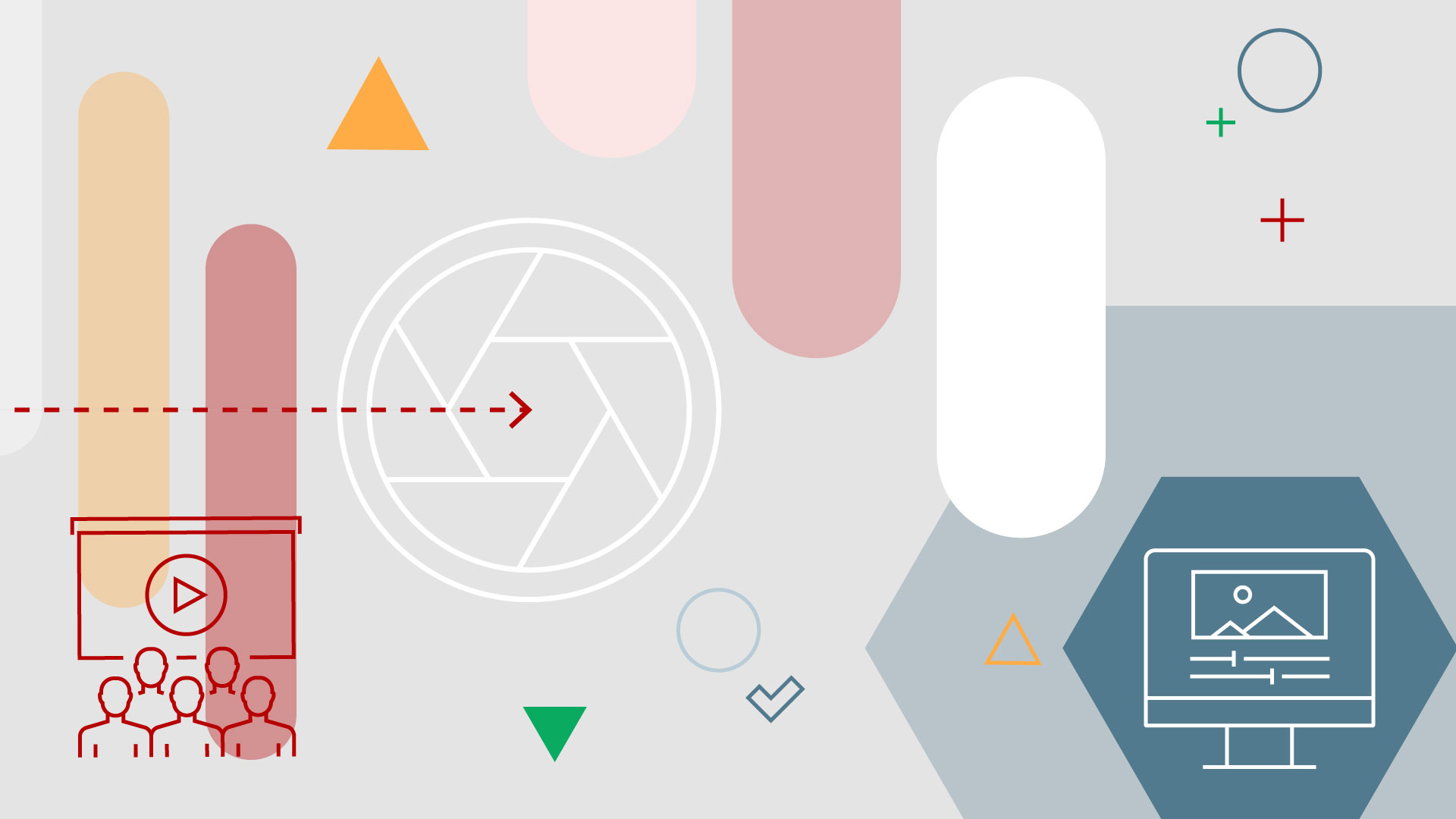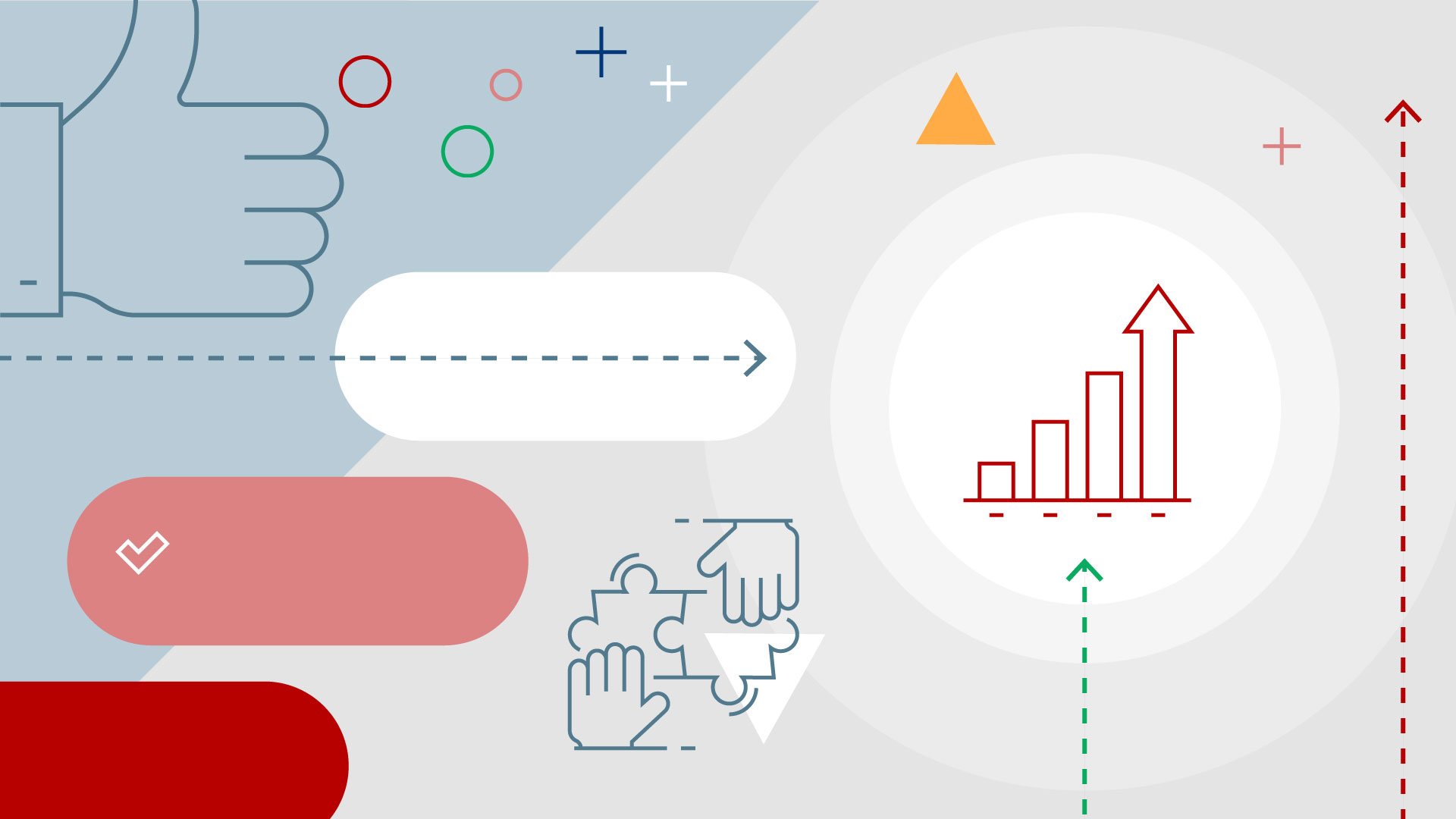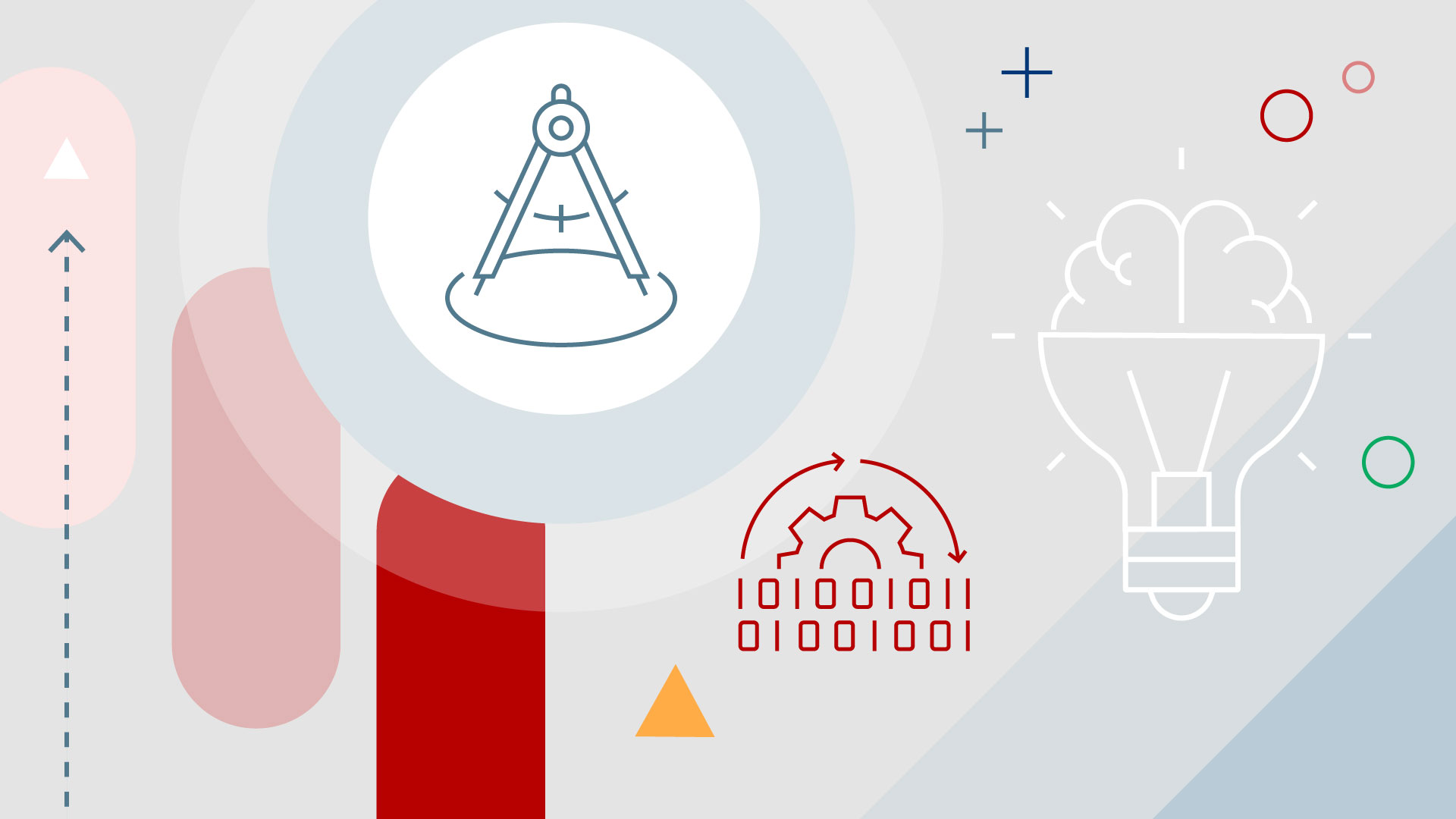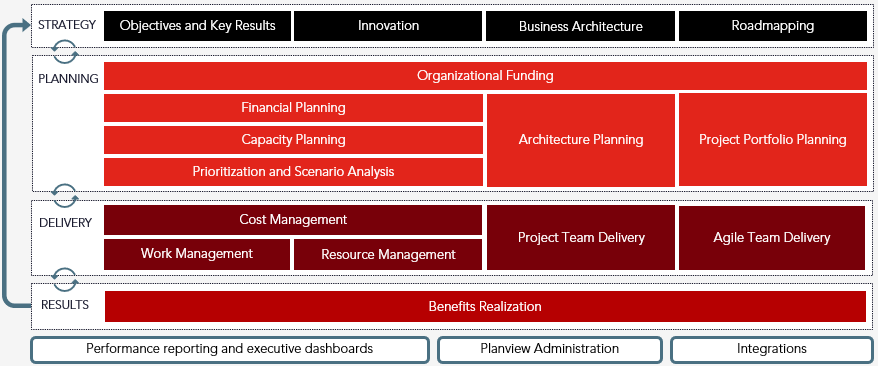Project Portfolio Management
Project portfolio management
Planview’s project portfolio management solution enables PMO leaders to prioritize what matters the most, increase agility, and accelerate work delivery of all types.
Watch demoPrioritize and focus on what matters most
Maximize business outcomes with real-time visibility to continuously plan, quickly reprioritize, and easily reallocate funding and resources to new or changing opportunities.
Increase operational efficiency to reduce costs and unlock capacity
Optimize workflows and resource utilization with the right mix of talent, teams, and execution methods while reducing manual efforts and taking corrective action sooner.
Accelerate strategic project and work delivery
Deliver more value by ensuring resource capacity supports committed plans, ensuring “just enough” governance, and building plans that address cross-project and staffing dependencies.
Your modernization journey
Project management
Project management with Portfolios and other tools used separately
Team foundation
Empower teams by leveraging Team Kanban and/or Project Teams modules
Connected delivery
Achieve synergy by connecting Portfolios with Team Kanban and/or Project Teams
Program management
Elevate the portfolio to organize around programs and associated outcomes
Adaptive portfolio planning
Mature planning and funding, visualize the portfolio
Start with the essentials

Why modern PPM?
Watch this demo video to learn how modernizing PPM can increase value for your organization.
Learn more
Which module is right for you?
Determine which module will enable your team to deliver their work most effectively.
Learn more
Journey mapping tool
Identify your current PPM modernization journey stage, and map where you want to go next.
Learn more
Modernization journey workshop
Map your organization’s journey from traditional to modern PPM using this self-guided workshop.
Read now
Browse capabilities
Explore your PPM capabilities and get guidance for evolving how your organization plans and delivers value from strategy to delivery.
Filter capabilities by:


